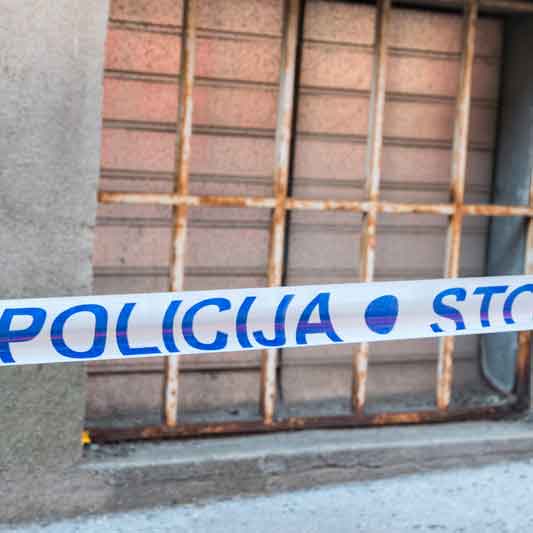Thirteen security guards abducted from a key gold mine in Peru were discovered dead after being held captive for more than a week, marking a severe escalation in the violent conflict affecting the country’s mining areas.
The guards, employed by private security firm R&R, were sent by mining company La Poderosa to manage illegal mining activities in the mountains near Pataz, northern Peru. Instead, they were ambushed, kidnapped, and eventually killed by groups identified by authorities as criminal gangs vying for control of lucrative mining zones.
The security personnel were taken on April 26 while addressing suspected illegal miners trespassing on company land. During their captivity, the kidnappers communicated threats to the victims’ families, intensifying the distressing experience.
Following an extensive search effort, police rescue teams retrieved the bodies on Sunday, May 4. Reports indicated that the guards were held in a mine shaft before being executed.
La Poderosa, a leading gold producer in Peru, confirmed the deaths and underscored the declining security situation in the region despite government measures. “The spiral of uncontrolled violence in Pataz is occurring despite the declaration of a state of emergency and the presence of a large police contingent which, unfortunately, has not been able to halt the deterioration of security conditions in the area,” the company stated.
The company further disclosed that this incident is part of a troubling trend of violence. Since starting operations in the Pataz region in 1980, La Poderosa reports 39 of its workers (including the 13 most recently kidnapped) have been killed by criminal factions competing for control over the valuable gold deposits.
This incident follows a notable attack in December 2023, when illegal miners targeted the same Poderosa mine with explosives, resulting in nine fatalities and injuring 15 individuals. The company responded by increasing security measures, which proved insufficient against the rising violence.
In Trujillo, west of Pataz, grieving relatives assembled at the morgue to await the return of their loved ones. Abraham Dominguez, whose son Alexander was among the deceased, voiced the families’ demand for justice. He told Canal N television that they sought accountability, emphasizing that the response should not “just stop here.”
Peru’s Interior Ministry announced the deployment of organized crime investigators to examine the killings and identify those responsible. The ministry stated that law enforcement personnel are “fully empowered to use their firearms if the circumstances warrant it,” indicating a potentially more assertive approach to tackling the security issues.
In reaction to the killings, President Dina Boluarte announced a 30-day suspension of mining operations in the Pataz district and plans to establish a military base in the area. Additionally, the government will enforce a curfew from 6 p.m. to 6 a.m. as part of efforts to restore order.
Jorge Montoro, Peru’s Mining and Energy Minister, suggested that the 30-day suspension might be extended if needed.
The crisis in Pataz highlights Peru’s ongoing struggle with illegal mining, which has grown into a significant and violent industry. As one of the world’s top gold producers, Peru allows informal miners to operate with some protections provided they intend to formalize their operations.
However, critics argue this policy has inadvertently supported the expansion of criminal enterprises. Illegal mining has surged as gold prices have climbed, and new mining techniques have developed, creating a lawless gold rush that the Peruvian government has struggled to control.
The violence is attributed to groups known locally as “parqueros” – illegal mining gangs that have become increasingly organized and aggressive in their operations. These groups have recurrently targeted La Poderosa’s infrastructure, including dismantling high-voltage towers that supply power to the mining activities.
La Poderosa has criticized the government’s enforcement efforts, noting that police have failed to dismantle known illegal mine entrances used as hideouts by criminal groups. The company has also challenged a government program called REINFO, which provides temporary permits to informal miners as they await formal legal status, arguing it effectively shields illegal operations from prosecution.
According to Peru’s Energy and Mines Ministry, illegal gold mining has overtaken narcotics trafficking in profitability. Angela Grossheim, head of the mining industry group SNMPE, expressed concerns that formal mining is under significant threat. She also noted that illegal mining has become the nation’s most pressing illicit activity, surpassing even drug trafficking.
The recent killings have sent shockwaves through Peru’s essential mining sector, which is vital to the national economy. With rising gold prices drawing more criminal elements to the industry, security costs for legitimate mining operations have increased substantially.
As Peru continues to address this complex crisis, the victims’ families await justice, while the mining industry and government search for effective solutions to safeguard workers and restore safety to the gold-rich regions crucial to the nation’s prosperity.

